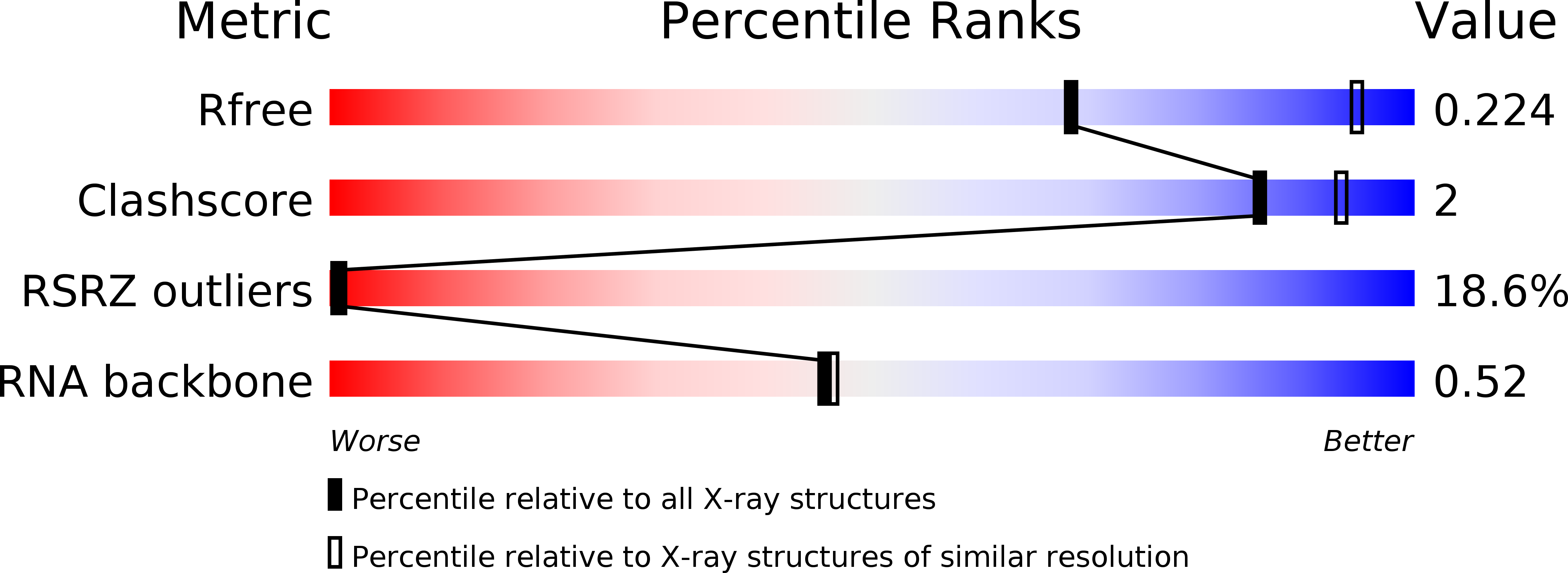
Deposition Date
2015-06-03
Release Date
2015-07-15
Last Version Date
2024-03-06
Entry Detail
PDB ID:
5BTM
Keywords:
Title:
Crystal structure of AUUCU repeating RNA that causes spinocerebellar ataxia type 10 (SCA10)
Biological Source:
Source Organism:
Homo sapiens (Taxon ID: 9606)
Host Organism:
Method Details:
Experimental Method:
Resolution:
2.78 Å
R-Value Free:
0.22
R-Value Work:
0.17
R-Value Observed:
0.17
Space Group:
P 41


